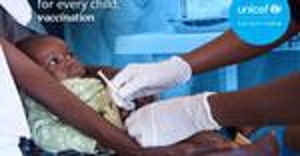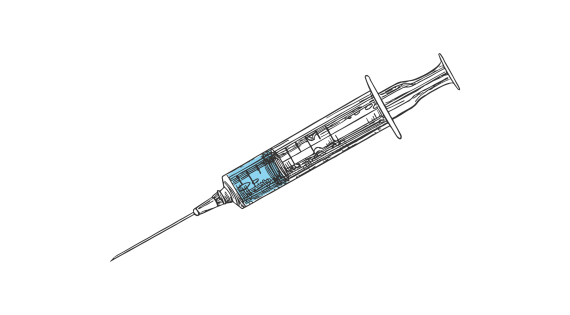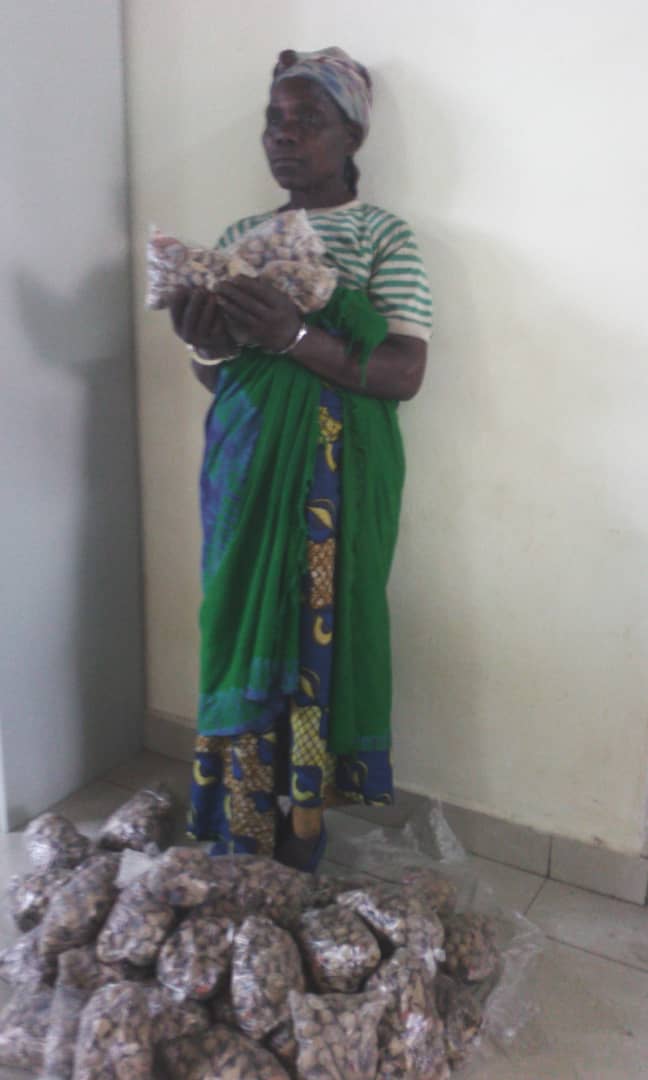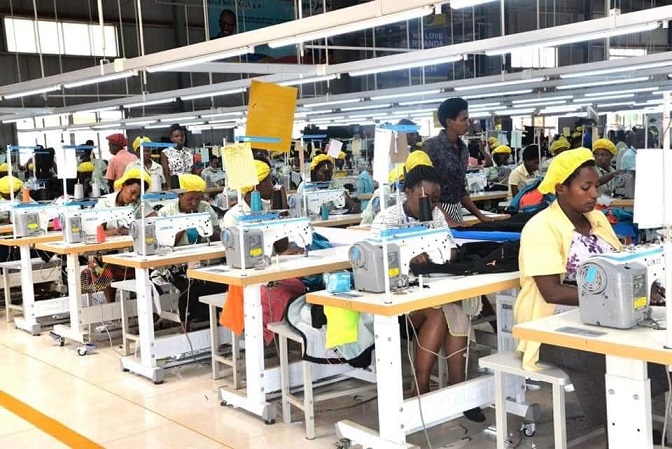Currently, far too many children across the world are not getting the vaccines they need to protect them against death and serious disease. The COVID-19 pandemic severely disrupted childhood immunization, with 67 million children missing out entirely or partially on routine immunization between 2019 and 2021, leaving them vulnerable to a range of preventable diseases. One in five children worldwide are now zero-dose or under-vaccinated, meaning they’ve missed out entirely or partially on routine immunization.
However, the immunization program (EPI) under the Ministry of Health is aimed at ensuring that all children receive the following vaccinations: BCG, measles, and three doses each of DPT and polio vaccine, before they are one year old. According to data from the WHO Vaccine-Preventable Disease Monitoring System, Rwanda has achieved near universal childhood vaccination rates.

“The percentage of children in Rwanda who received all basic vaccinations increased from 75% in 2005 to 96% in 2019-20.” Said Julianna Lindsey, UNICEF Representative, Rwanda.
“Let's keep up this great progress by prioritizing investment in primary health care.” She added
Zero-dose children are those who have not received their first diphtheria-pertussis-tetanus vaccine (DTP1). Under-vaccinated children are those who received one dose, but not a third protective dose.
Diseases are now reappearing in countries where they had previously been controlled. Meanwhile, there are also seeing surges of cases in nations that hadn’t yet eliminated the diseases. Those include cholera, measles and polio outbreaks.
The story of the children who are not being vaccinated is one of inequity, poverty and underserved communities. More than three out of four of the world’s zero-dose children live in 20 countries. They live in the remotest of rural areas, urban slums, crisis-affected regions, and migrant and refugee communities. These children urgently need to be reached with vaccines.
The COVID-19 pandemic has been a disaster for childhood immunization. But even before the pandemic, the warning signs were there. The pandemic exposed the longstanding issues with global health systems that have contributed to this significant backslide. Here, you can learn more about the key reasons why too many children are not getting the vaccines they need to protect them.
How the COVID-19 pandemic set back immunization rates
The pandemic placed unprecedented demands on global health systems. To try and cope with the crisis, a lot of health systems were forced to divert scarce resources away from providing routine care, which includes immunization efforts. The demands that were placed on health workers were extraordinary. As well as being expected to handle a huge increase in their workload, many workers were also coping with additional burdens at home, including caring for their own families.
At work, many could not access essential equipment, including personal protective gear. These health workers also faced the risk of infection as well as social discrimination and attacks. Therefore, burn-out became a critical issue that had a profound impact on immunization campaigns. Meanwhile, stay-at-home recommendations had a significant impact on families’ ability and willingness to access health facilities and get their children vaccinated.
How poverty contributes to low vaccination rates
Poverty has a profound impact on whether a child has access to vaccines. Many of the growing number of zero-dose and under-vaccinated children live in settings where they face significant economic barriers. Globally, in the poorest households, just over 1 in 5 children are zero dose; in the wealthiest, it is 1 in 20. These zero-dose and under-vaccinated children often live in remote rural areas and urban slums. In remote communities, health services are often scarce, and families live far away from health facilities.
Supply chain issues, shortages of health workers and a lack of electricity, water and sanitation are all significant barriers to the availability of vaccines. In urban slums, health care systems are often ill equipped to meet the needs of large populations and affordability is a serious barrier. The decision to vaccinate a child depends in part on trust. A parent or caregiver must have faith in the health care system, vaccine producers and government health institutions. Even before the COVID-19 pandemic, vaccine hesitancy was identified as one of the top 10 threats to global health.








